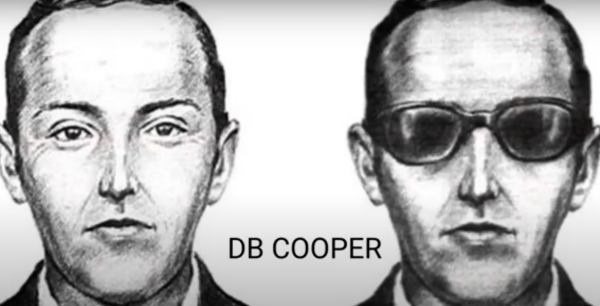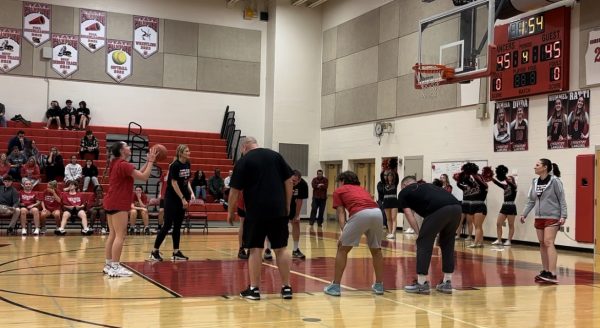Advanced Placement or Dual Enrollment: Which suits you best?
Zach Smithson, Juliet Jackman, Ashley Abuelhawa, and Katelyn Duda in English 101, high school based Dual Enrollment class, explore FCC’s virtual library.
September 22, 2015
Many high school students ask what is the difference between taking an A.P. class and taking a dual enrollment course? The main motive students have for taking A.P. or college classes (high school based and open campus) are for college credit and a greater academic challenge. However, which of the three options is best?
If the student is hoping to receive the most amount of credit, Greg Keller, Dean of Dual Enrollment at Linganore, explains that the number of credits the student is able to earn through one A.P. class could range from 3-8 credits, depending on the college granting credit. Although the number of credits may be more than the 3 credits a student will earn from a dual enrollment class, sheer number is not the only consideration.
Dual enrollment offers the most definite route to college credit. All state-funded colleges in Maryland are required to accept credits earned through the Dual Enrollment program, as long as a student earns a “C” or higher in the course. Currently, though, the only high school based classes at Linganore are English 101 and Psychology 101, while there are at least 20 other A.P. classes. Students on open campus have more options for classes.
The A.P. test scores range from 1-5, with 5 being the highest possible score. Although a 3 on the A.P. test is considered passing, most colleges require a 4 or a 5 for the student to receive credit. Public and private schools like Mount St. Mary’s University and Stevenson University both accept A.P. credits. These schools have a list of the accepted A.P. courses, the minimum score for each test, and the number of credits they will give for each on their websites.
Mount St. Mary’s University occasionally accepts a 3 on the A.P. test, but to receive credit for a course, many courses require a 4 or a 5 on the test, which would generally earn 3 college credits. Only a small percentage of students earn a 4 or a 5 on A.P. tests. Prestigious colleges, for example, Johns Hopkins University, grant academic credit when the student has earned a 4 or 5, and only for certain classes. To earn credits from A.P. Biology, Johns Hopkins necessitates a 5. Statistics show that only 6.5% of students earn a 5 on this test.
Mount St. Mary’s University treats credits earned through Dual Enrollment the same as transfer credits.
Financially, credit through A.P. classes is cheaper, costing less than $100 per test. Dual enrollment is slightly higher. Elizabeth Duffy, the Director of Dual Enrollment Academic and Professional Studies at FCC, said, “A three credit Dual Enrollment course offered at an FCPS high school costs $149.64 this year.”
Open campus at FCC or Hood College is the most expensive route. At FCC, a 3-credit course is $351.25.
Another factor is what the student plans for a major. He or she is most likely to gain credit with a 3 on the A.P. History test if the student decides to major in something other than history.
What do college admissions counselors suggest about dual enrollment or A.P. credit? Christy Keys, a registrar at Mount St. Mary’s, believes that some courses are better taken on campus after enrollment. “Students (who have transferred credits) are generally not prepared for a sophomore-level Biology/Chemistry course in their freshman year.”
Keller said, “There’s not a one size fits all in terms of what you want to get out of the course.” Overall, when choosing which route is best, think about what you hope to achieve in the end.













